Our Completed 2008 Projects
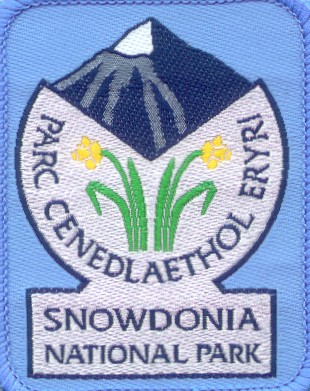 Snowdonia National Park Training
Center, Wales. Planning, Design and Evaluation of Interpretive Media
Course, September, 2008 held at Plas Tan y Bwlch. This was a three - day
interprjetive training course supported in part by a grant from the Countryside Counsil of
Wales.
Snowdonia National Park Training
Center, Wales. Planning, Design and Evaluation of Interpretive Media
Course, September, 2008 held at Plas Tan y Bwlch. This was a three - day
interprjetive training course supported in part by a grant from the Countryside Counsil of
Wales.

Course participants at the National Slate Museum of Wales - course field trip.
Countryside Training Services (CTS), UK. JVA was asked to
present a one-day workshop, sponsored/coordinated by CTS, on Engaging Your Visitors - a workshop on effective marketing and
interpretive media techniques, on 9 September, 2008. The workshop was held in the
Tennis Court Room, the Welcome Trust, Genome Campus, Hinxton, Cambridgeshire. For
more information on CTS you are invited to contact Angela Gamble (CTS Director) at: agamble@ESSEXCC.gov.uk, or visit their web site
at: http://www.countrysidetrainingservices.co.uk/
for information on their other services and course offerings.

Course participants in the Marketing and Interpretive Techniques Course.
National Museums of Wales - National Wool
Museum, Llandysul, Carmarthenshire Wales. JVA will provide an
interpretive site assessment and interpretive planning consultation for the museum,
September, 2008. You can visit the museum web site at: http://www.museumwales.ac.uk/en/wool


The National Wool Museum, Wales, and one of the many artifacts
illustrating the evolution of the wool manufacturing industries.

Shetland Amenity Trust, Shetland Islands, UK. JVA will provide
interpretive planning consultation services for the Trust for a project they are
undertaking to restore the lighthouse at Sumburgh Head and convert some of the residential
buildings associated with the lighthouse into an education and interpretive center.
August, 2008.

 Summit County Historical Society,
Akron, Ohio. JVA will provide interpretive planning consultation and a
objective workshop session for the Society, with focus on their "John Brown
House" becoming an education and community oral history/ethnography center.
April, 2008. You can visit this client at: http://www.summithistory.org/contact.htm
. A follow up workshop session will occur on the 13th of June, 2008.
Summit County Historical Society,
Akron, Ohio. JVA will provide interpretive planning consultation and a
objective workshop session for the Society, with focus on their "John Brown
House" becoming an education and community oral history/ethnography center.
April, 2008. You can visit this client at: http://www.summithistory.org/contact.htm
. A follow up workshop session will occur on the 13th of June, 2008.
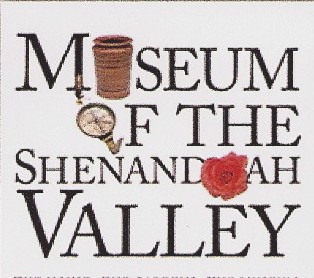 The Museum of the
Shenandoah Valley - Glen Burnie Historic House and Gardens Interpretive Plan.
JVA was selected to develop the interpretive master plan for the Glen Burnie Historic
House and Gardens facility within the museum campus. You are invited to visit this
client at: http://www.shenandoahmuseum.org.
The project will run from April 08 - August 2008.
The Museum of the
Shenandoah Valley - Glen Burnie Historic House and Gardens Interpretive Plan.
JVA was selected to develop the interpretive master plan for the Glen Burnie Historic
House and Gardens facility within the museum campus. You are invited to visit this
client at: http://www.shenandoahmuseum.org.
The project will run from April 08 - August 2008.
The Eden Project, Cornwall, England. JVA
will provide interpretive training for the Eden Project education/tour guide staff, March,
2008. The Eden Project is an amazing site as you can see from the photos below.
You can visit their web site to find out more about them at: http://www.edenproject.com


 International Crane Foundation, Baraboo,
Wisconsin. Provide interpretive training and interpretive planning
consultation services for development of new outdoor exhibits for the Center, February,
2008. You can visit this site at: http://www.savingcranes.org.
\
International Crane Foundation, Baraboo,
Wisconsin. Provide interpretive training and interpretive planning
consultation services for development of new outdoor exhibits for the Center, February,
2008. You can visit this site at: http://www.savingcranes.org.
\

 Lackawanna Heritage Valley,
Scranton, PA. Provide an interpretive training workshop for LHV
sites. March 31st, 2008. You can visit this client at: http://www.LHVA.org.
Lackawanna Heritage Valley,
Scranton, PA. Provide an interpretive training workshop for LHV
sites. March 31st, 2008. You can visit this client at: http://www.LHVA.org.
Sherbrooke Restoration Commission, Halifax, Nova Scotia (Canada).
Provided interpretive training/consultation for several NS Historic Sites
including: Ross Farm Museum, Sherbrooke Village and
Highland Village. You can visit Ross Farm at: http://museum.gov.ns.ca/rfm/, Sherbrooke Village
at: http://museum.gov.ns.ca/sv/index.php,
and Highland Village at: http://museum.gov.ns.ca/hv/.
Training seminars took place in April, 2008



 JVA has been asked to provide an interpretive
training course for the National Waterfront Museum -
a part of the National Museums of Wales, UK, May, 2008. This is a
large and unique museum. The workshop will focus on interpretive planning for
programs and new exhibit planning. You are invited to visit this museums web site
for more details on its programs, galleries and services. http://www.museumwales.ac.uk/en/swansea/
A photo of the Museum Campus is shown below.
JVA has been asked to provide an interpretive
training course for the National Waterfront Museum -
a part of the National Museums of Wales, UK, May, 2008. This is a
large and unique museum. The workshop will focus on interpretive planning for
programs and new exhibit planning. You are invited to visit this museums web site
for more details on its programs, galleries and services. http://www.museumwales.ac.uk/en/swansea/
A photo of the Museum Campus is shown below.

 Texas Historical Commission. Provide
three interpretive workshop sessions for the THC annual conference, 1-3 May, 2008.
You can learn more about the THC at http://www.the.state.tx.us.
Texas Historical Commission. Provide
three interpretive workshop sessions for the THC annual conference, 1-3 May, 2008.
You can learn more about the THC at http://www.the.state.tx.us.

 The Museum of the
Shenandoah Valley - Rose Hill Interpretive Plan. JVA was selected to
develop the interpretive master plan for the Rose Hill facility within the museum campus.
You are invited to visit this client at: http://www.shenandoahmuseum.org.
The project will ran from October 07 through February, 2008.
The Museum of the
Shenandoah Valley - Rose Hill Interpretive Plan. JVA was selected to
develop the interpretive master plan for the Rose Hill facility within the museum campus.
You are invited to visit this client at: http://www.shenandoahmuseum.org.
The project will ran from October 07 through February, 2008.


The Rose Hill Farm historic home (front view - left, and side view -
right). The interpretive plan for this farm site will interpret the theme "Rose
Hill gives us a window into the past of an average Shenandoah Valley farming family's
life, through many generations, from early settlement through the Civil War".
The property includes a civil war battlefield site, farm buildings, and a future
environmental education center and activity area.
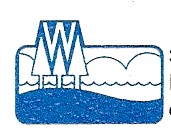 Wisconsin DNR Division of Forestry - Forestry
Education and Awareness Center Interpretive Master Plan. JVA was
selected to develop the Interpretive Plan for the new Forestry Education and Awareness
Center, Milwaukee County, WI. June 07 - April 08.
Wisconsin DNR Division of Forestry - Forestry
Education and Awareness Center Interpretive Master Plan. JVA was
selected to develop the Interpretive Plan for the new Forestry Education and Awareness
Center, Milwaukee County, WI. June 07 - April 08.
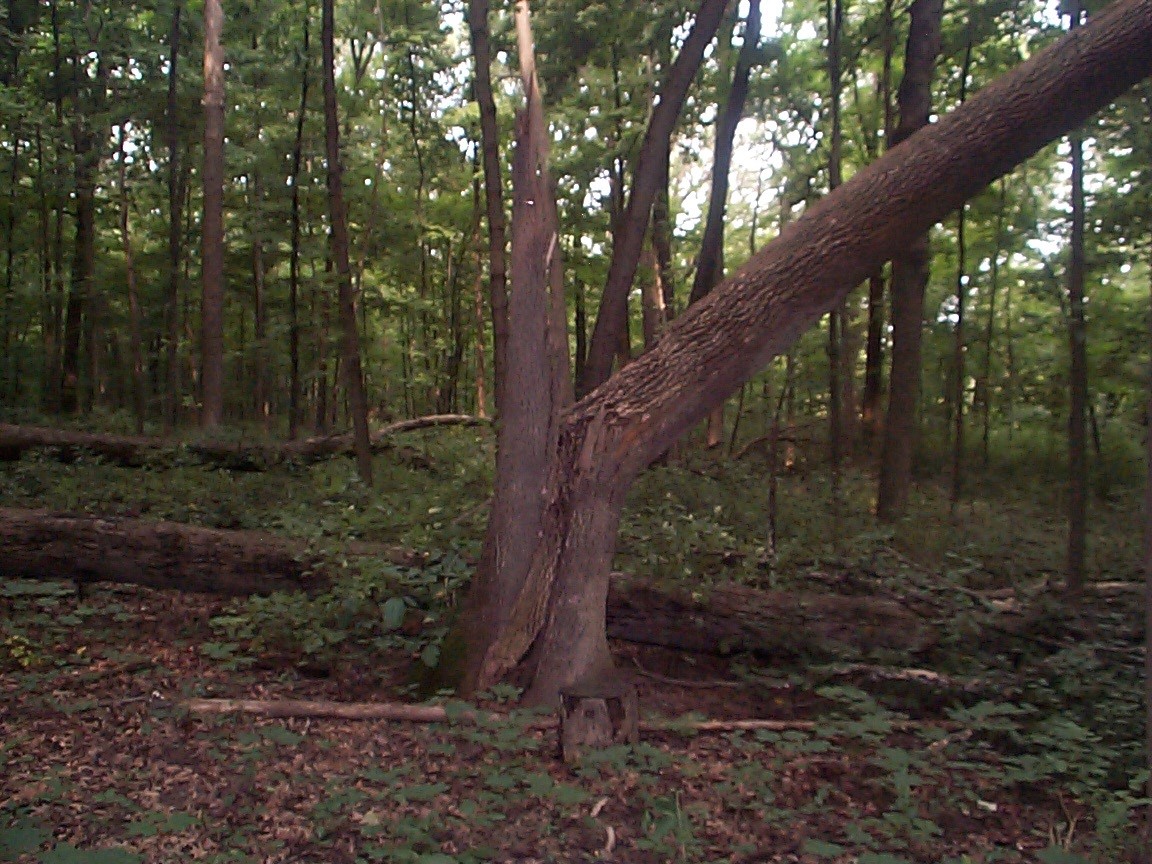
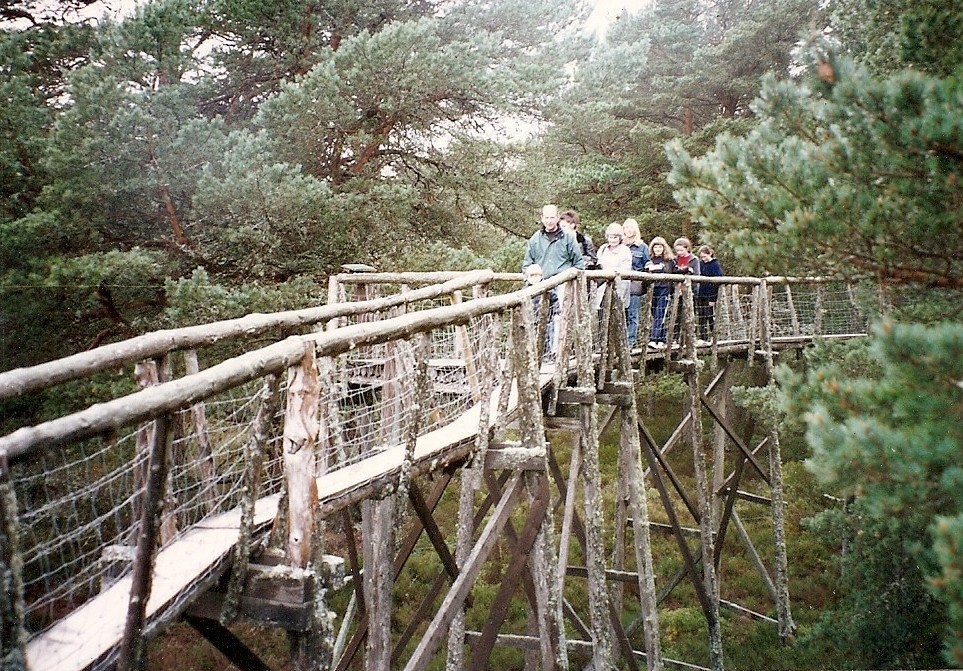
A general view of the woodlot area (left) and our proposed aerial or
canopy elevated boardwalk leading from the Forestry Awareness and
Interpretive Center into the forest canopy with discovery stations.
 Snowdonia National Park Training
Center, Wales. Interpretive Master Planning Course, May 2008 held at
Plas Tan y Bwlch. This was a three - day interprjetive training course supported in
part by a grant from the Countryside Counsil of Wales.
Snowdonia National Park Training
Center, Wales. Interpretive Master Planning Course, May 2008 held at
Plas Tan y Bwlch. This was a three - day interprjetive training course supported in
part by a grant from the Countryside Counsil of Wales.


Course participants on a field trip to a slate mine museum for the
deep mine tour.

 Norfolk Tourism, Norwich, and
the Broads Authority ENGLAND, received a LEADER + grant for a major interpretive
project for the Norfolk Tourism region and Broads National Park Authority. JVA was
the winning proposal for Phase I of this project to develop a structured
interpretive assessment of all current interpretive sites and facilities within the region
and their interpretive services, develop a regional interpretive strategy, and regional
interpretive planning and training program. Phase I was completed in
September 2007. JVA was recently awarded the contract for Phase II
of this large project, and will be developing several interpretive training courses
offered in the Region, as well as developing 10 interpretive plans for selected
"priority development" sites within the Broads. The project ran from
October 2007 - March 2008.
Norfolk Tourism, Norwich, and
the Broads Authority ENGLAND, received a LEADER + grant for a major interpretive
project for the Norfolk Tourism region and Broads National Park Authority. JVA was
the winning proposal for Phase I of this project to develop a structured
interpretive assessment of all current interpretive sites and facilities within the region
and their interpretive services, develop a regional interpretive strategy, and regional
interpretive planning and training program. Phase I was completed in
September 2007. JVA was recently awarded the contract for Phase II
of this large project, and will be developing several interpretive training courses
offered in the Region, as well as developing 10 interpretive plans for selected
"priority development" sites within the Broads. The project ran from
October 2007 - March 2008.




Some general views from the Broads National Park. Top photos,
sailboats on the broads (left) and canal boats on a typical broads (salt marsh estuary)
with typical windmill (for pumping water) in the background. Many historical sites
within the National Park boundary like St. Bennets Abby ruin (with a later windmill
foundation in the middle of it) and a historic landscape from a port once used by the
Romans for shipping goods in and out of a town once located here.
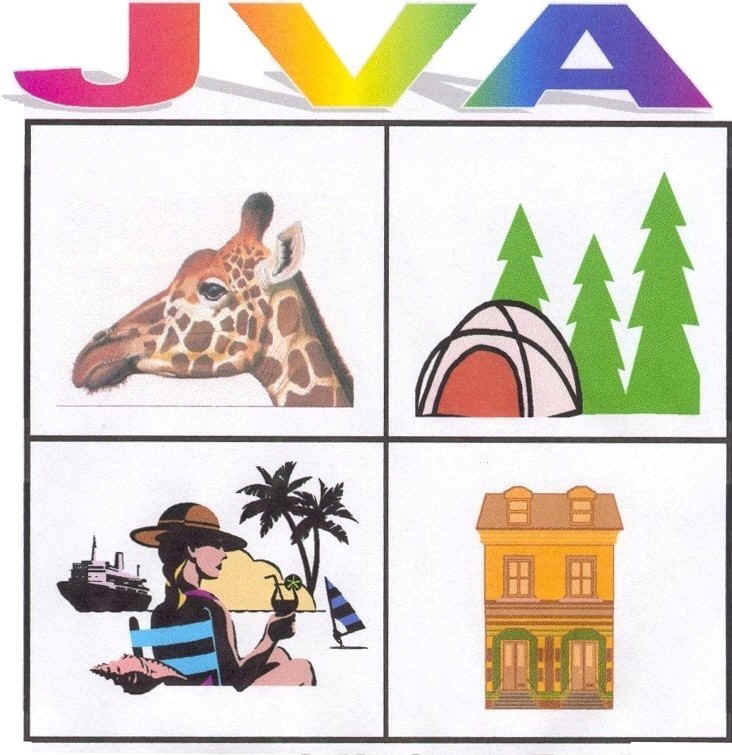
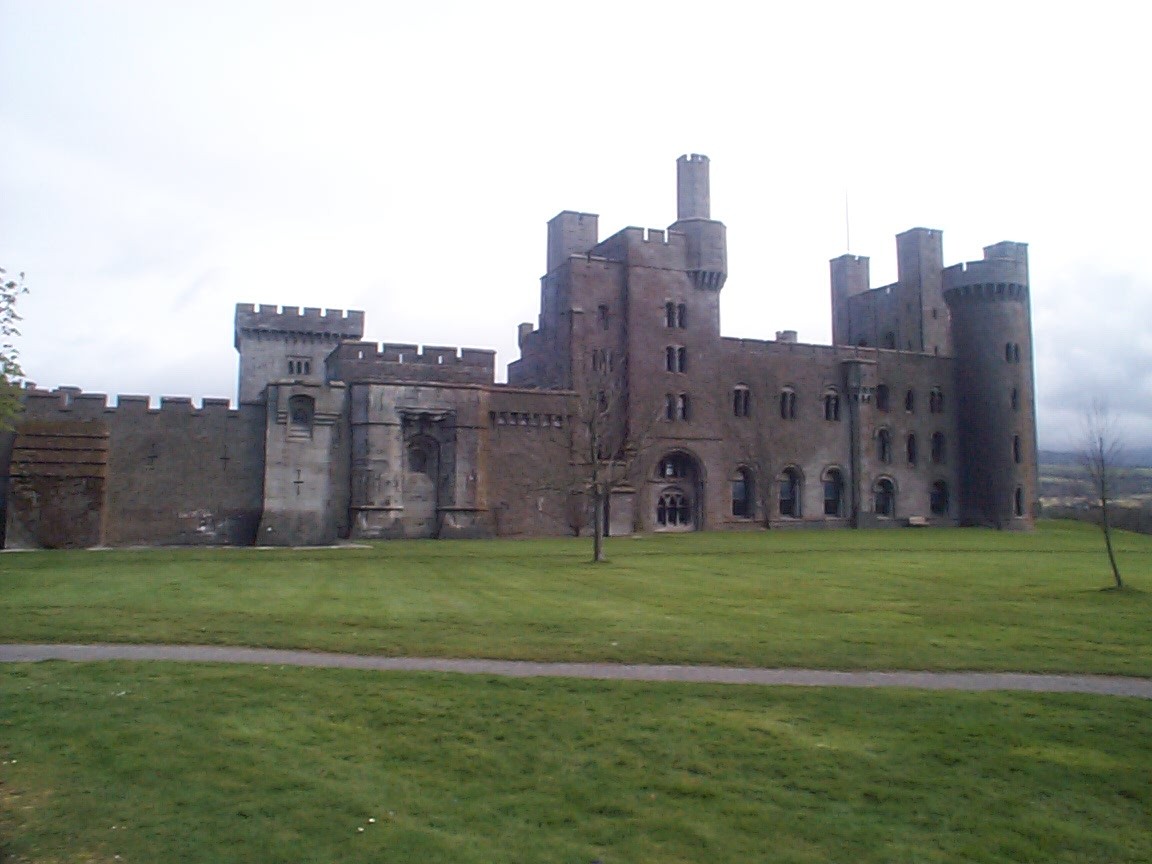
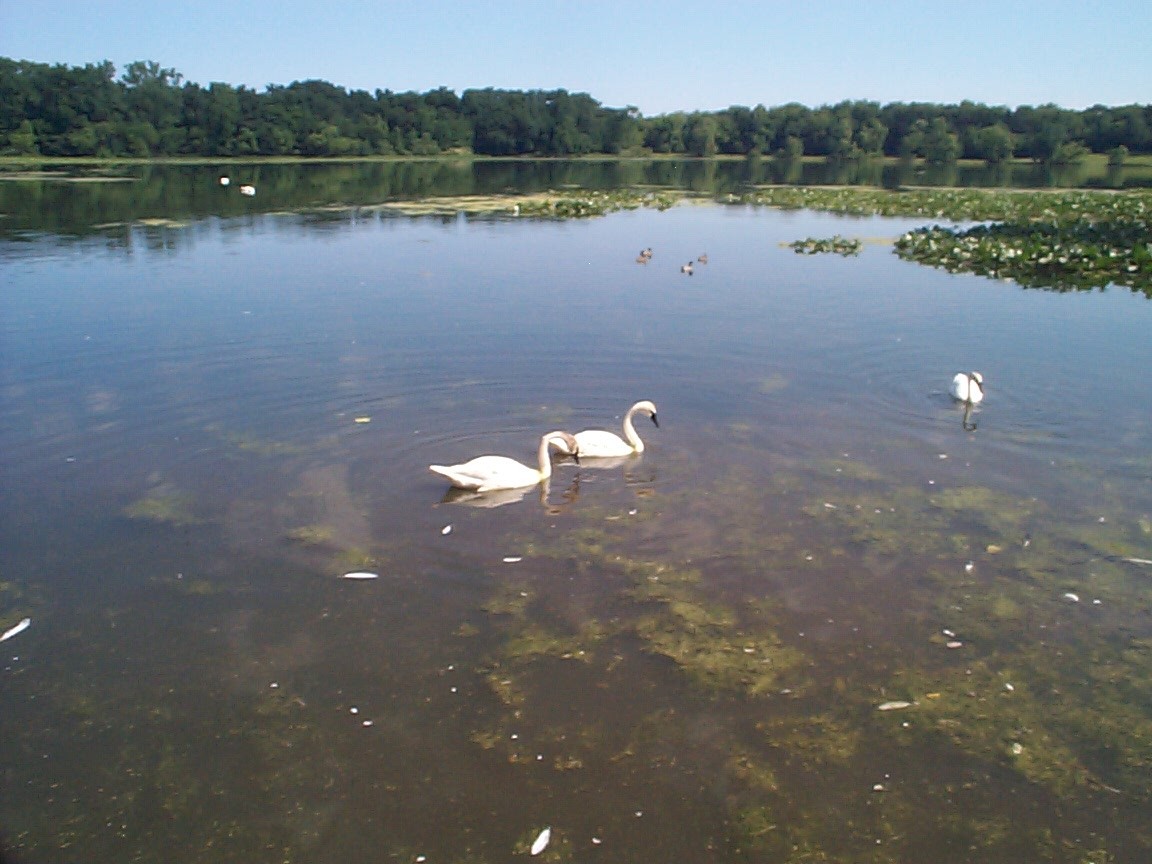
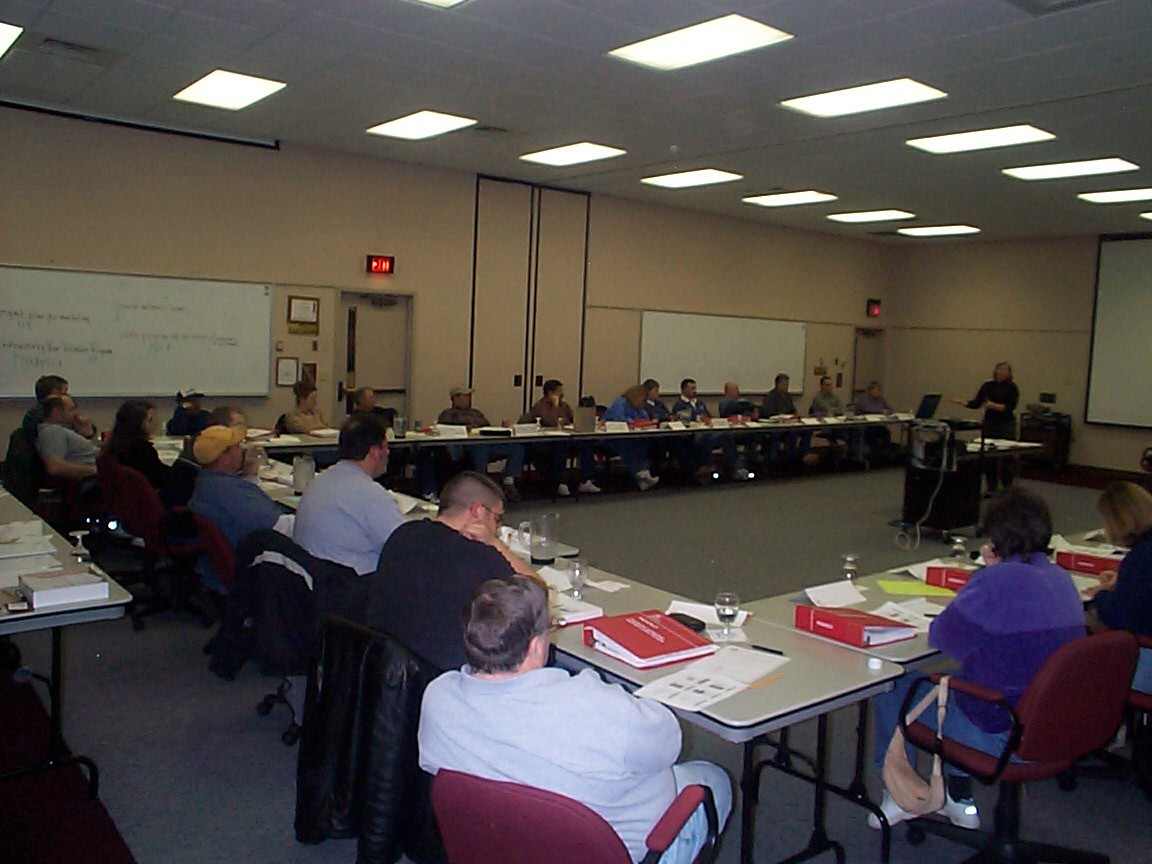
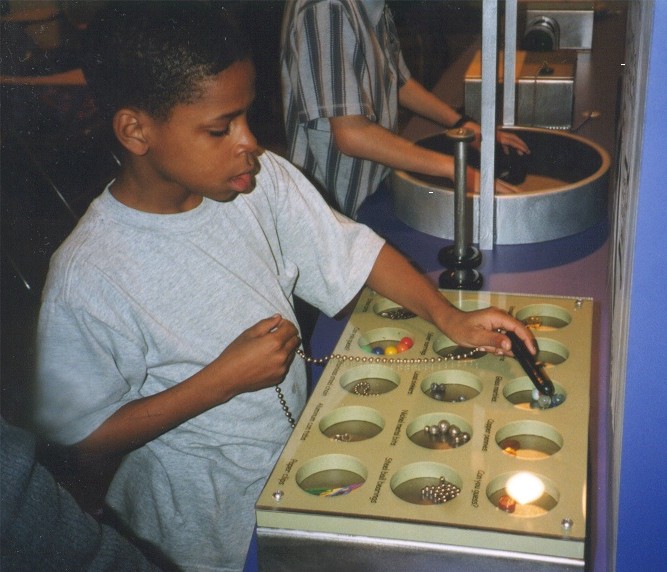
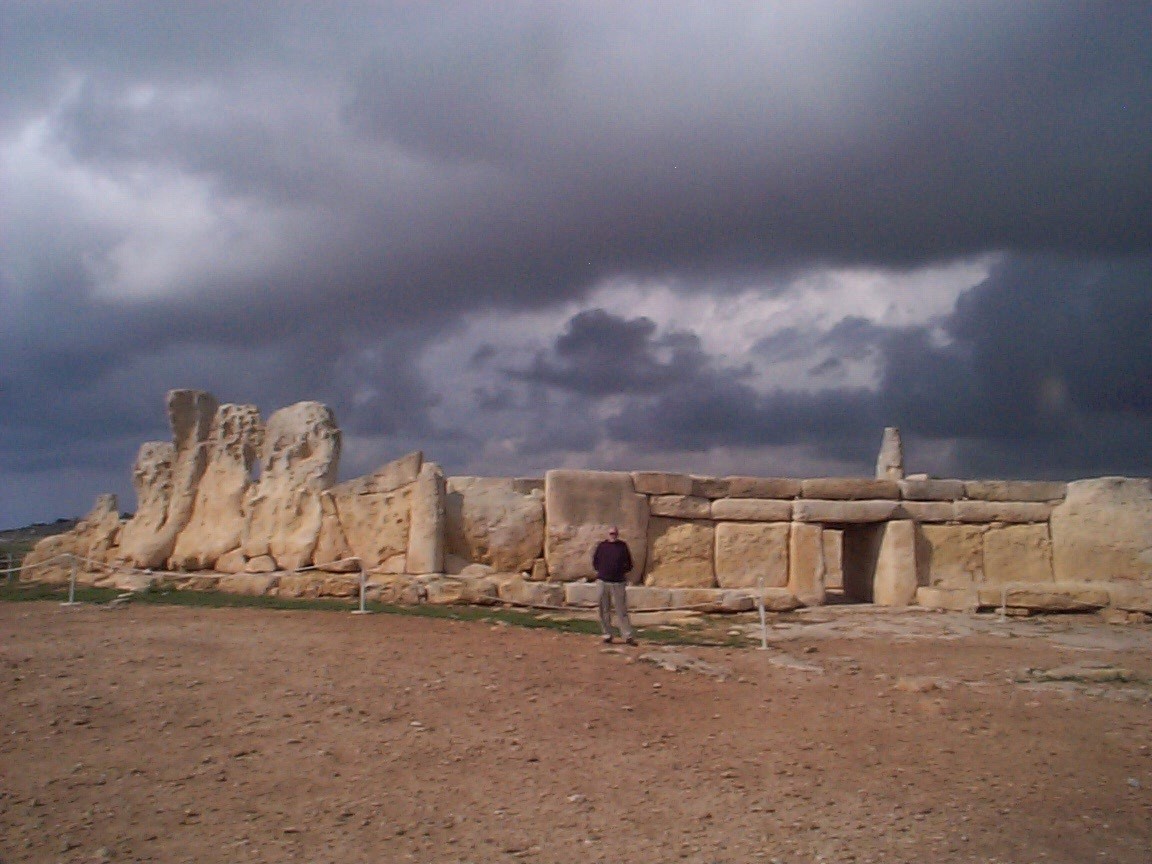
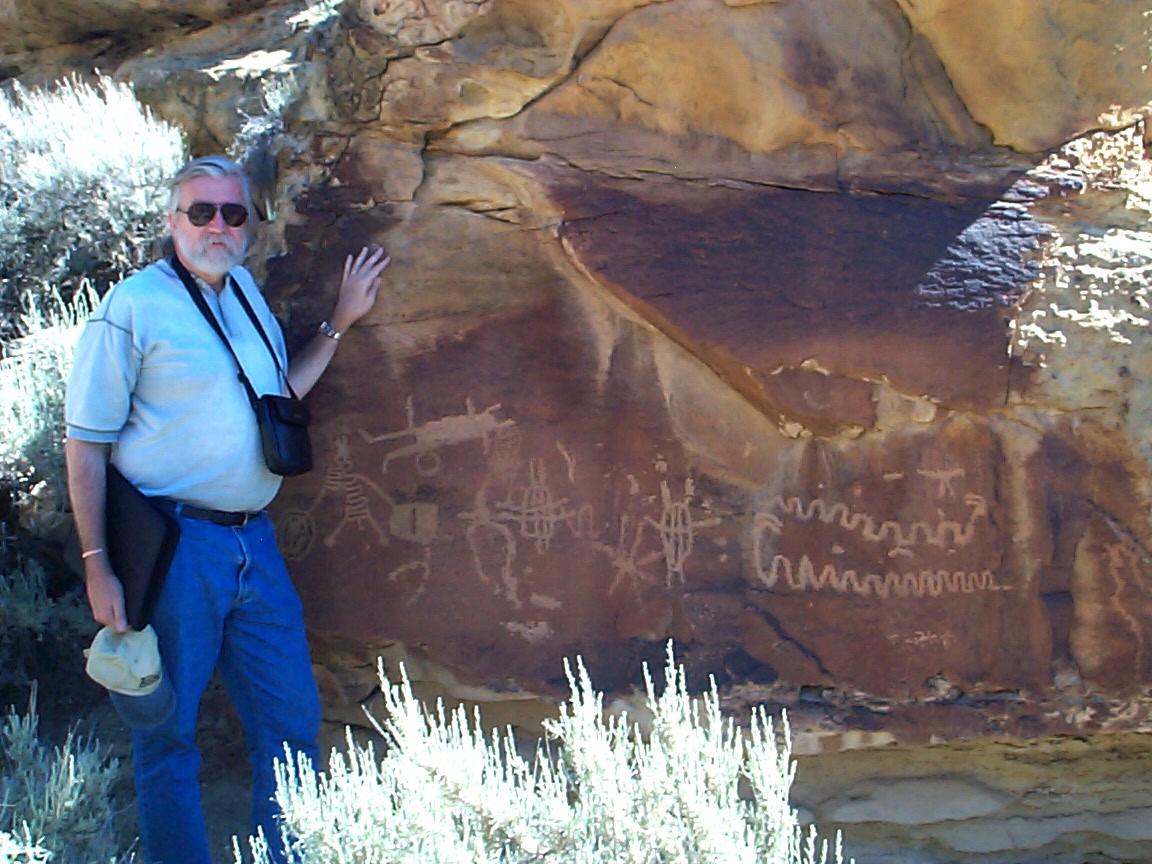
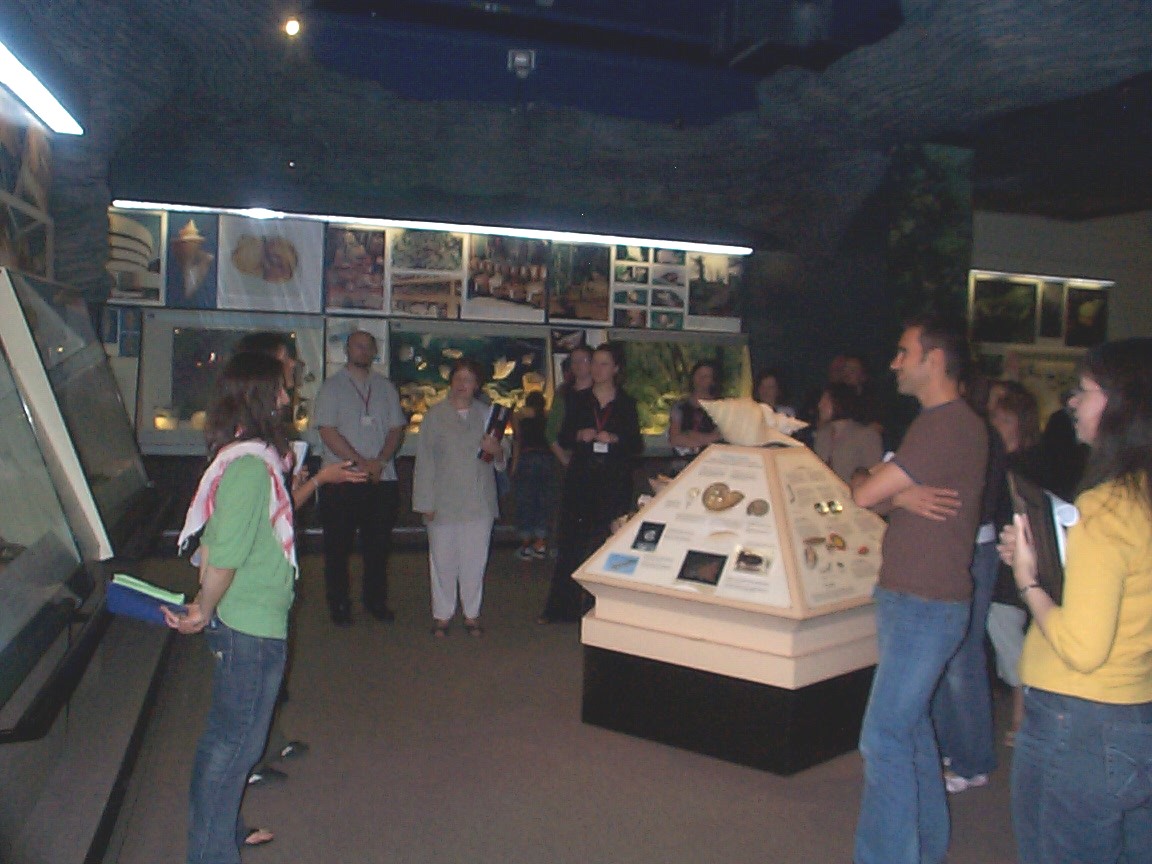
 Snowdonia National Park Training
Center, Wales. Planning, Design and Evaluation of Interpretive Media
Course, September, 2008 held at Plas Tan y Bwlch. This was a three - day
interprjetive training course supported in part by a grant from the Countryside Counsil of
Wales.
Snowdonia National Park Training
Center, Wales. Planning, Design and Evaluation of Interpretive Media
Course, September, 2008 held at Plas Tan y Bwlch. This was a three - day
interprjetive training course supported in part by a grant from the Countryside Counsil of
Wales.



 Summit County Historical Society,
Akron, Ohio. JVA will provide interpretive planning consultation and a
objective workshop session for the Society, with focus on their "John Brown
House" becoming an education and community oral history/ethnography center.
April, 2008. You can visit this client at:
Summit County Historical Society,
Akron, Ohio. JVA will provide interpretive planning consultation and a
objective workshop session for the Society, with focus on their "John Brown
House" becoming an education and community oral history/ethnography center.
April, 2008. You can visit this client at:  The Museum of the
Shenandoah Valley - Glen Burnie Historic House and Gardens Interpretive Plan.
JVA was selected to develop the interpretive master plan for the Glen Burnie Historic
House and Gardens facility within the museum campus. You are invited to visit this
client at:
The Museum of the
Shenandoah Valley - Glen Burnie Historic House and Gardens Interpretive Plan.
JVA was selected to develop the interpretive master plan for the Glen Burnie Historic
House and Gardens facility within the museum campus. You are invited to visit this
client at: 

 International Crane Foundation, Baraboo,
Wisconsin. Provide interpretive training and interpretive planning
consultation services for development of new outdoor exhibits for the Center, February,
2008. You can visit this site at:
International Crane Foundation, Baraboo,
Wisconsin. Provide interpretive training and interpretive planning
consultation services for development of new outdoor exhibits for the Center, February,
2008. You can visit this site at: 
 Lackawanna Heritage Valley,
Scranton, PA. Provide an interpretive training workshop for LHV
sites. March 31st, 2008. You can visit this client at:
Lackawanna Heritage Valley,
Scranton, PA. Provide an interpretive training workshop for LHV
sites. March 31st, 2008. You can visit this client at: 


 JVA has been asked to provide an interpretive
training course for the National Waterfront Museum -
a part of the National Museums of Wales, UK, May, 2008. This is a
large and unique museum. The workshop will focus on interpretive planning for
programs and new exhibit planning. You are invited to visit this museums web site
for more details on its programs, galleries and services.
JVA has been asked to provide an interpretive
training course for the National Waterfront Museum -
a part of the National Museums of Wales, UK, May, 2008. This is a
large and unique museum. The workshop will focus on interpretive planning for
programs and new exhibit planning. You are invited to visit this museums web site
for more details on its programs, galleries and services. 
 Texas Historical Commission. Provide
three interpretive workshop sessions for the THC annual conference, 1-3 May, 2008.
You can learn more about the THC at
Texas Historical Commission. Provide
three interpretive workshop sessions for the THC annual conference, 1-3 May, 2008.
You can learn more about the THC at 


 Wisconsin DNR Division of Forestry - Forestry
Education and Awareness Center Interpretive Master Plan. JVA was
selected to develop the Interpretive Plan for the new Forestry Education and Awareness
Center, Milwaukee County, WI. June 07 - April 08.
Wisconsin DNR Division of Forestry - Forestry
Education and Awareness Center Interpretive Master Plan. JVA was
selected to develop the Interpretive Plan for the new Forestry Education and Awareness
Center, Milwaukee County, WI. June 07 - April 08.




 Norfolk Tourism, Norwich, and
the Broads Authority ENGLAND, received a LEADER + grant for a major interpretive
project for the Norfolk Tourism region and Broads National Park Authority. JVA was
the winning proposal for Phase I of this project to develop a structured
interpretive assessment of all current interpretive sites and facilities within the region
and their interpretive services, develop a regional interpretive strategy, and regional
interpretive planning and training program. Phase I was completed in
September 2007. JVA was recently awarded the contract for Phase II
of this large project, and will be developing several interpretive training courses
offered in the Region, as well as developing 10 interpretive plans for selected
"priority development" sites within the Broads. The project ran from
October 2007 - March 2008.
Norfolk Tourism, Norwich, and
the Broads Authority ENGLAND, received a LEADER + grant for a major interpretive
project for the Norfolk Tourism region and Broads National Park Authority. JVA was
the winning proposal for Phase I of this project to develop a structured
interpretive assessment of all current interpretive sites and facilities within the region
and their interpretive services, develop a regional interpretive strategy, and regional
interpretive planning and training program. Phase I was completed in
September 2007. JVA was recently awarded the contract for Phase II
of this large project, and will be developing several interpretive training courses
offered in the Region, as well as developing 10 interpretive plans for selected
"priority development" sites within the Broads. The project ran from
October 2007 - March 2008.